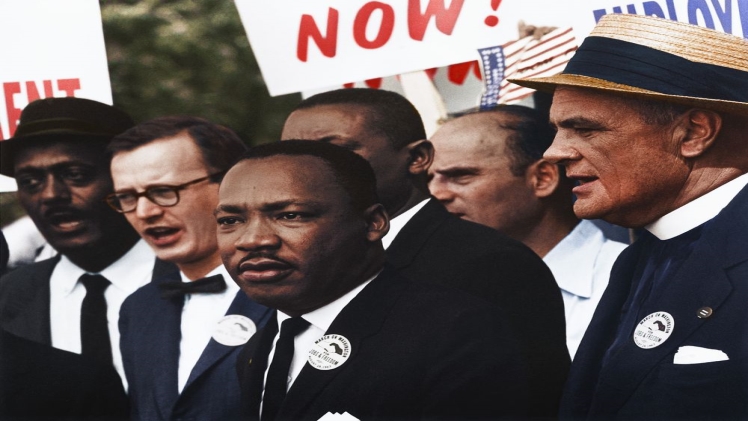The 1950s and 1960s in America saw Black Americans fighting for equal rights during the Civil Rights movement. African Americans and their allies fought to end legalized racial discrimination, disenfranchisement, and racial segregation in the country.
This struggle was nationwide, but there were some very pivotal places in the country that played a role in the movement.
Birmingham, Alabama
This Southern city was a significant site during the Civil Rights movement. In 1963, images of police dogs on the attack against non-violent protesters sparked outrage across the nation.
It was here that the Children’s Crusade happened, a march of over 1,000 students that was organized by Reverend James Bevel. The purpose was to walk downtown to engage in conversation with the mayor about the city’s segregation.
The marches were thwarted by the head of police, Bull Connor, who used force to stop the children. He deployed fire hoses and set police dogs after them.
This was the catalyst for President John F. Kennedy to publicly support federal civil rights legislation. It eventually led to the passage of the Civil Rights Act of 1964. Many Birmingham homes for sale are nestled into this important pocket of history.
Montgomery, Alabama
Rosa Parks is a prominent figure in the movement, and it’s here that she took her infamous bus trip.
In 1955, Rosa boarded a public bus that, at the time, had segregation laws that stated black passengers must sit at the back of the bus, which she did.
When a white man boarded the bus and found all seats in the white section occupied, the bus driver demanded Rosa and three other black passengers give up their seats. She refused and was promptly arrested, sparking outrage.
The Montgomery Improvement Association was formed and led by Martin Luther King, Jr. The MIA organized a boycott of the city’s bus system, which lasted 381 days. In 1956, the Supreme Court ruled that segregated seating was unconstitutional.
Little Rock, Arkansas
Segregation in public schools was made illegal by the Supreme Court in 1954. In 1957, Central High School in Little Rock sought out volunteers from all-black high schools to attend the formerly segregated school.
Nine black students who would become known as the Little Rock Nine did so, but were met upon entrance at the school by the Arkansas National Guard and a raucous mob that lobbed threats at them, barring their attendance to the school.
They tried again weeks later and made it inside, but were soon after removed to keep them safe when violence erupted.
Eventually, then-president Dwight D. Eisenhower ordered federal troops to escort the students to and from classes. While the harassment was less violent, it was still present.
Memphis, Tennessee
In April 1968, Martin Luther King, Jr. was in Memphis to march in support of a sanitation workers’ strike. He was assassinated on April 4, triggering riots in the streets and civil unrest unlike what had been seen so far during the movement.
Less than a week after he was killed, President Lyndon B. Johnson signed the Civil Rights Act of 1968 into law.

